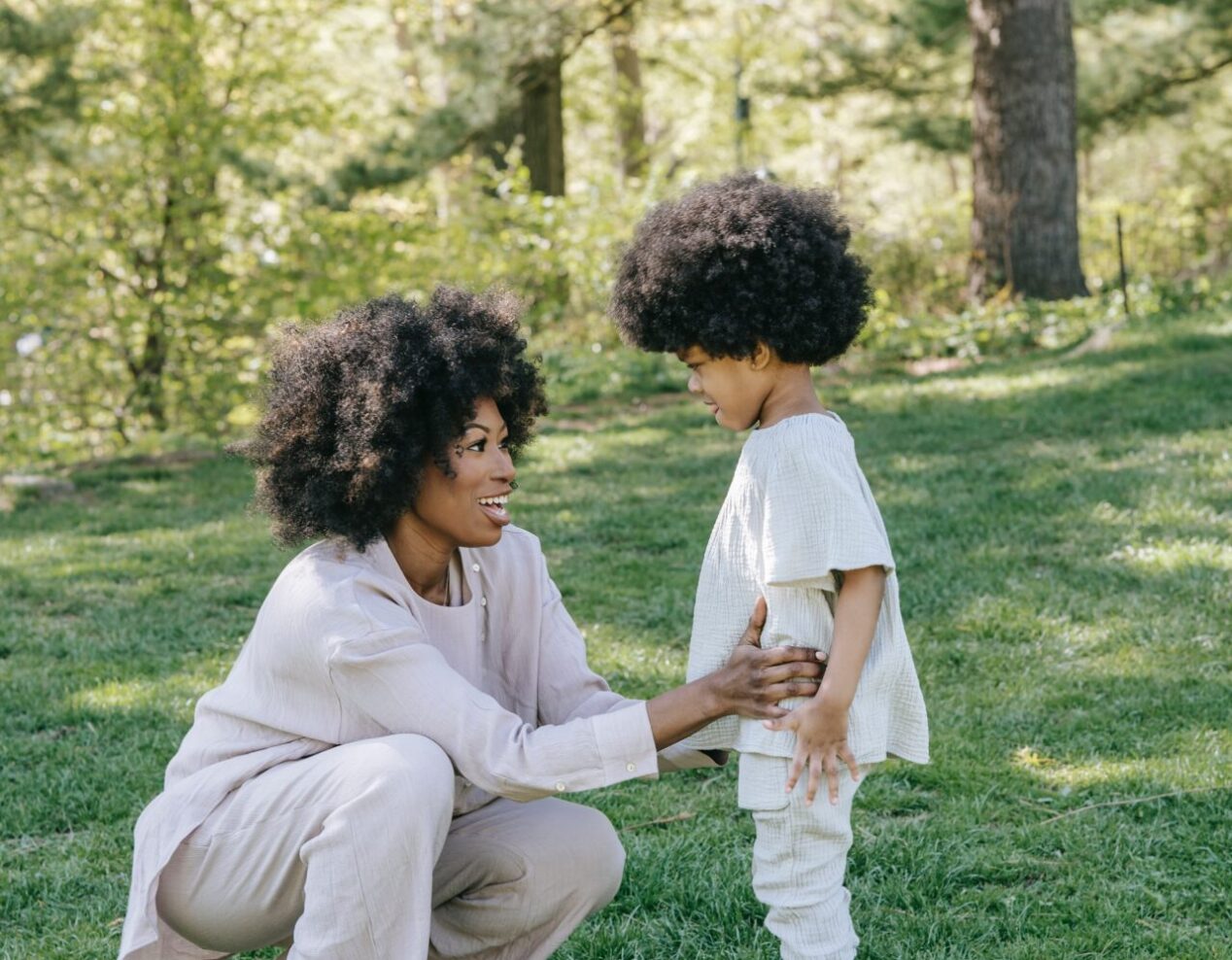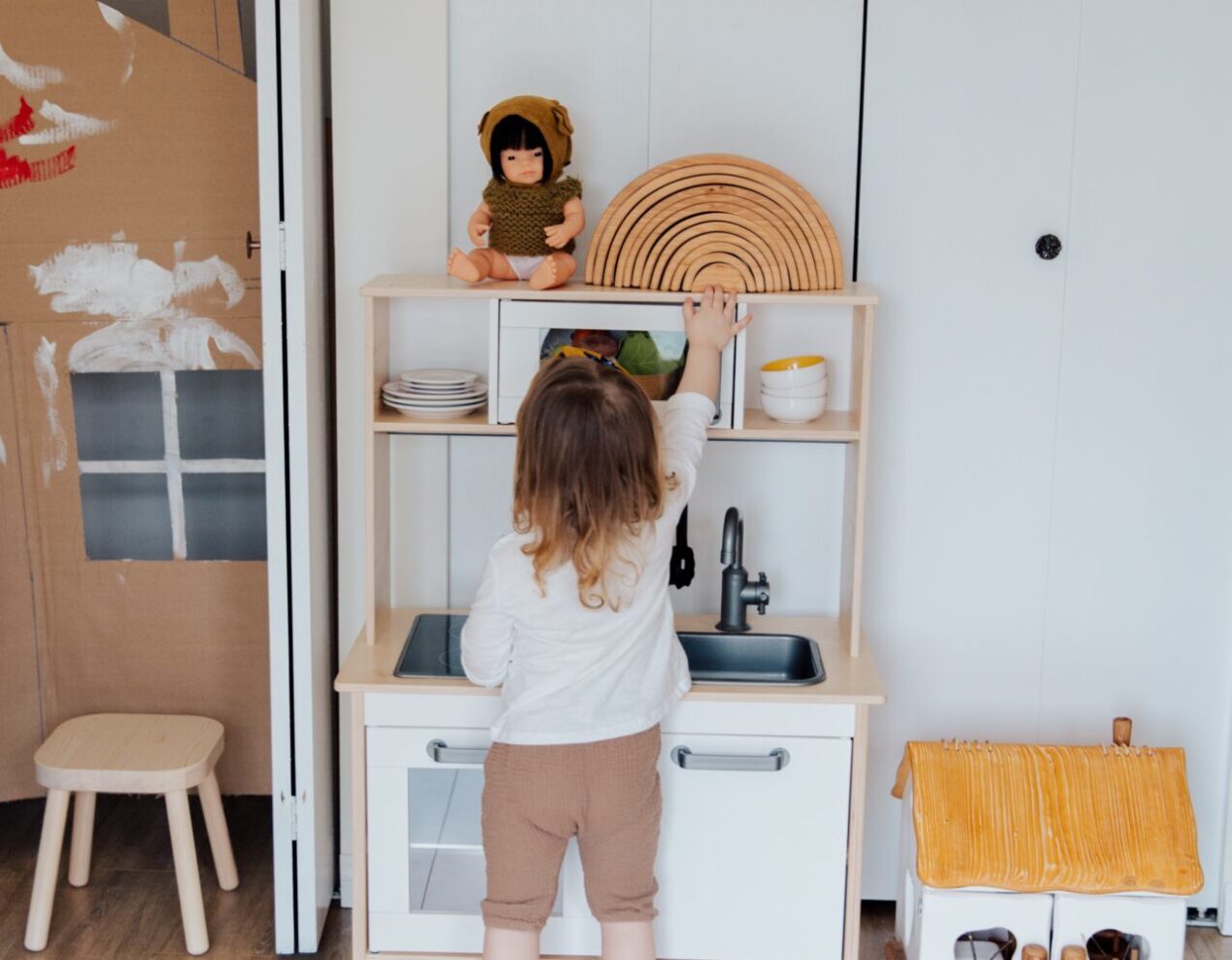Navigating the Milestone of Baby’s Self-Feeding: A Guide to Fine Motor Skill Development

Watching a baby learn to pick up small objects on their own is a heartwarming scene for any parent. This milestone, often marked by the emergence of the pincer grasp – where babies use their thumb and fingers to grasp little things – is a pivotal point in their journey towards independence. But it’s more than just an adorable sight; it’s an important step in fine motor skill development.
Safe and Sound: Selecting the Right Objects for Practice
Deciding what to give your baby to encourage this new skill can be a little nerve-wracking. It’s important to find objects that are safe for them to handle and potentially put into their mouths. Small, round cereals that are easy to swallow, such as puffs designed for babies, are a fantastic choice. These cereals are designed to dissolve easily in a baby’s mouth, minimizing choking risks, and are perfect for little hands to grasp. They make for great practice, as long as the baby can manage to get these morsels into their mouth independently, and you are close by to supervise.
Encouraging Independent Eating: The How-to
Consider spreading out a handful of these cereals on a clean highchair tray or a silicone mat. From here, your baby will naturally reach out, clasp, and gradually master the art of pinching the cereal between their thumb and forefinger, directing it towards their mouth. One golden rule? Patience is key. If the baby struggles to get the cereal into their mouth independently, it’s a natural instinct to want to help. But this is their chance to learn, so take a deep breath and give them the time they need.
Expanding the Menu: Beyond Cereal
As babies get more comfortable with this new skill, introducing a variety of textures and tastes is a fantastic next step. Soft and small pieces of ripe banana, well-mashed avocado, or bite-sized, steam-cooked vegetables like carrots and broccoli can make the practice more exciting and nutritionally enriching. Remember to always supervise these mealtime explorations.
Understanding the Purpose of Self-Feeding
This beautiful phase of self-feeding is about more than just nutrition—it’s an opportunity for babies to refine their fine motor skills, explore new tastes and textures, and gain a sense of autonomy. It’s a classroom on their high chair, teaching them invaluable lessons they’ll use throughout their life.
A Gentle Reminder on Nutrition
It’s essential to remember that, at this stage, breast milk or formula remains the mainstay of your baby’s nutrition. Self-feeding is less about substituting these vital sources of nutrition and more about complementing them and encouraging motor skills and sensory exploration.
Celebrate and Encourage
As your baby steps into this delightful stage of self-discovery through feeding, it’s an invitation for you, as a parent, to be both observer and cheerleader. Applaud their efforts, stay close for safety, and marvel at how they’re growing and learning every day.
Remember, each baby is unique and will reach milestones at their own pace. The goal is not to rush the process but to foster a love for exploration and learning in the safe and loving environment you’ve created.
With these tips and consistent gentle encouragement from the Howtotalk guide, your baby’s journey to self-feeding is set to be a fulfilling and joyful experience for both of you.



